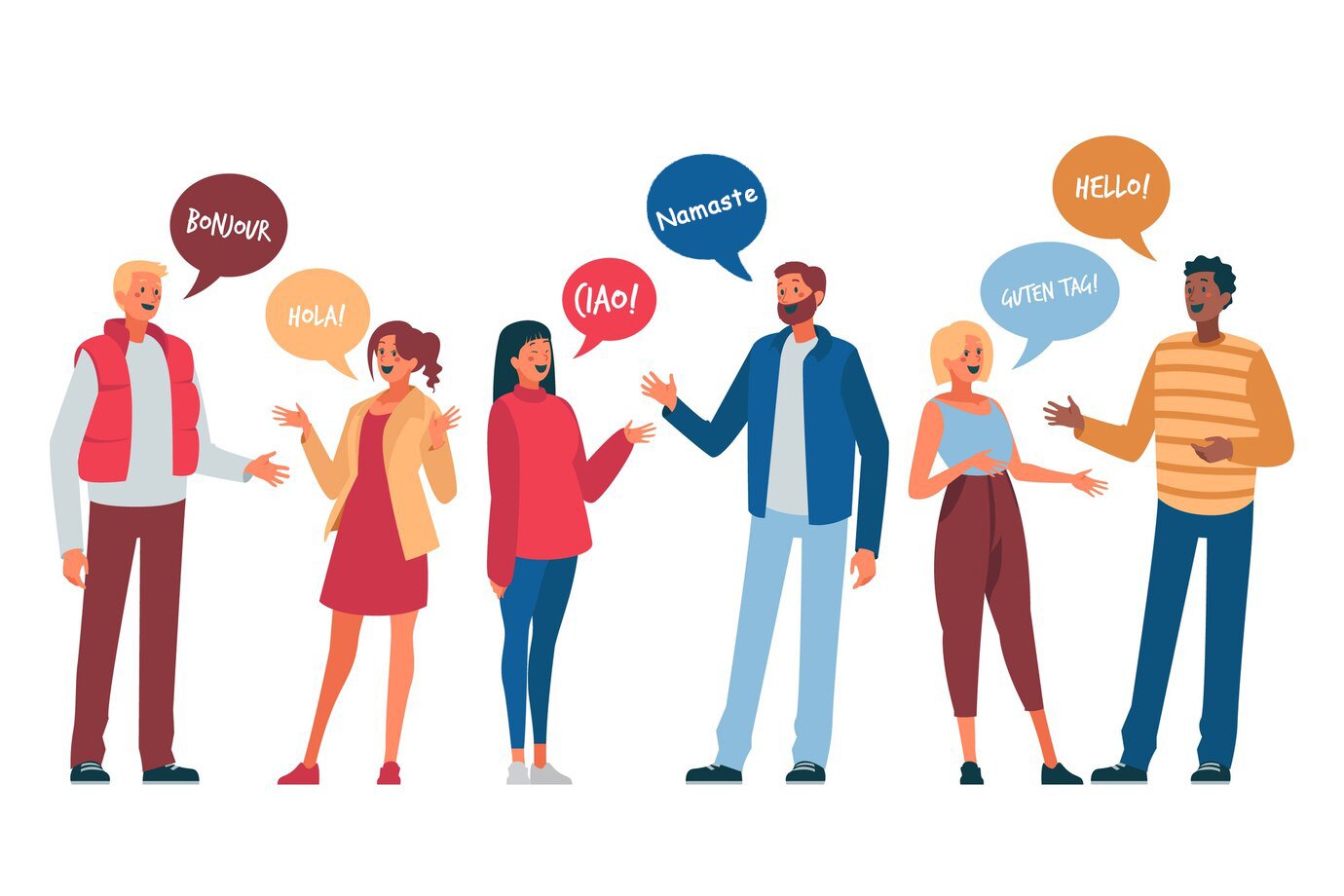
Top 12 Languages Spoken in the World
The 12 Most Spoken Languages on Earth and the language evolution and human history.
| Rank | Language | of Speakers (2023) |
|---|---|---|
| 1 | English | 1,500,000,000 |
| 2 | Mandarin | 1,100,000,000 |
| 3 | Hindi | 609,500,000 |
| 4 | Spanish | 559,100,000 |
| 5 | French | 309,800,000 |
| 6 | Standard Arabic | 274,000,000 |
| 7 | Bengali | 272,800,000 |
| 8 | Portuguese | 263,600,000 |
| 9 | Russian | 255,000,000 |
| 10 | Urdu | 231,700,000 |
| 11 | Indonesian | 199,100,000 |
| 12 | German | 133,200,000 |
1. English
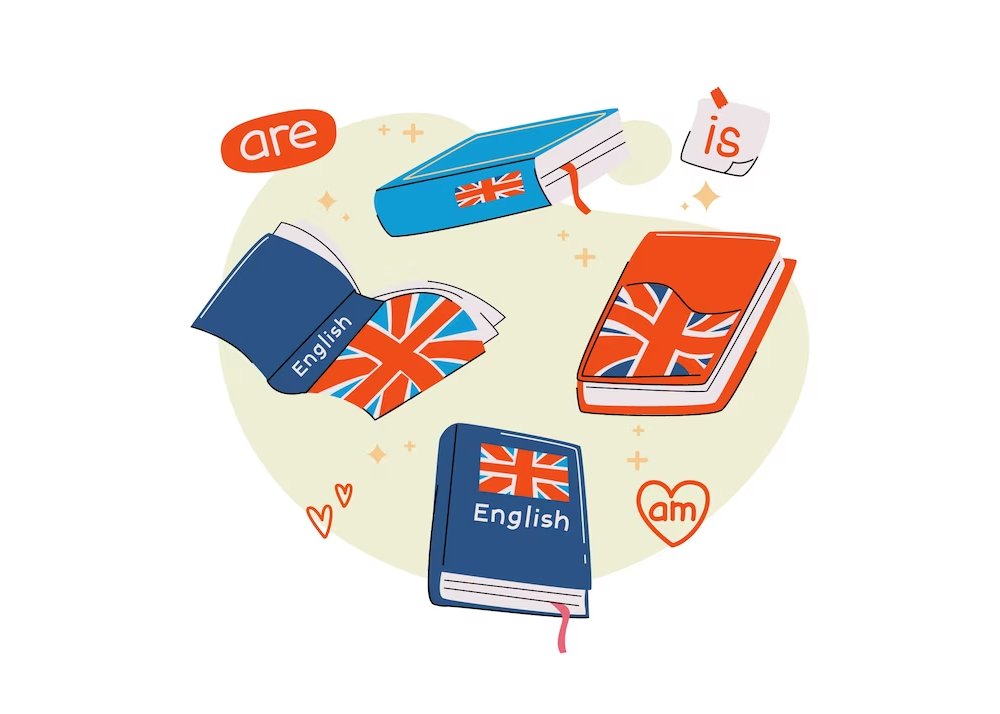
The evolution of the English language is deeply intertwined with human history, reflecting a tapestry of cultural, political, and social changes over the centuries. The development of English from its earliest forms to the global lingua franca it is today mirrors the shifts in power, migrations, technological advancements, and cultural exchanges that have occurred throughout human history. Here’s an overview of how English has evolved alongside human events:
Early History
5th to 7th centuries: The story of English begins with the arrival of three Germanic tribes (the Angles, Saxons, and Jutes) in Britain, who displaced the Celtic speaking inhabitants. The language spoken by these tribes is known as Old English or Anglo-Saxon. This period saw the initial formation of the English language, heavily influenced by Norse languages due to Viking invasions and Old Norse’s impact on Old English.
Middle Ages
1066 Norman Conquest: The Norman Conquest of England brought significant changes to the language. The Normans spoke Old Norman, a Romance language closely related to French, which became the language of the ruling class. This led to a bilingual society and enriched Old English with thousands of Norman words, setting the stage for Middle English.
Middle English (1100–1500): This era saw English reassert itself as the dominant language in England, albeit with substantial French influences in vocabulary and grammar. The most famous Middle English work is Geoffrey Chaucer’s “The Canterbury Tales,” showcasing the language’s evolution.
Renaissance and Early Modern Period
Early Modern English (1500–1700): The Renaissance, a period of renewed interest in the arts and sciences, brought a flood of new ideas and words into English, many borrowed from Latin and Greek. The invention of the printing press by Johannes Gutenberg in the 15th century and its introduction to England by William Caxton revolutionized the dissemination of knowledge and standardization of English. The most influential work of this period is the King James Bible (1611), which had a profound effect on English language and literature.
The British Empire and Global Expansion
17th to 20th centuries: The expansion of the British Empire spread the English language across the globe, from the Americas to Australia, Africa, and India. This period saw the development of Modern English and the beginnings of its global dominance. The industrial revolution and advancements in communication (like the telegraph) and transportation (such as the steam engine) further facilitated the spread of English.
20th Century to Present
Global Influence: The economic, political, and cultural influence of English-speaking countries, especially the United States, in the 20th and 21st centuries has cemented English as the global lingua franca. English is now the dominant or official language in over 60 countries and the most widely taught second language worldwide.
Technology and the Internet: The advent of the internet and digital technology has further globalized the English language. English is the dominant language online, influencing global communication, business, entertainment, and information exchange.
The evolution of the English language is a reflection of human history’s complexities, marked by invasions, migrations, technological innovations, and cultural exchanges. Its status as a global lingua franca is not just a testament to historical power dynamics but also to the adaptability and flexibility of the language itself.
The influence and importance of the English language are likely to continue in the foreseeable future, given its role in global communication, commerce, education, and cultural exchange.
2. Mandarin

The evolution of the Mandarin language is closely intertwined with the vast and complex history of China, reflecting the country’s socio-political changes, cultural evolution, and technological advancements. Mandarin, part of the Sino-Tibetan language family, has evolved over millennia, with its roots traceable to the earliest Chinese dynasties. Here’s an overview of how Mandarin has developed alongside Chinese history:
Origins and Early History
Shang Dynasty (c. 1600–1046 BCE): The earliest known form of Chinese writing is found on oracle bones from the Shang Dynasty. While this writing system provides a glimpse into the language of the time, spoken language from this period is largely unknown.
Zhou Dynasty (1046–256 BCE): The Zhou period is crucial for the development of Classical Chinese, which was based on the language of the Western Zhou period. It became the written standard used by educated elites across different regions, despite the variety of spoken dialects.
Imperial China
Qin Dynasty (221–206 BCE): The Qin Dynasty’s standardization of the writing system was a significant step in the evolution of the Chinese language. This standardization helped maintain a cohesive linguistic identity despite the diversity of spoken languages across vast territories.
Han Dynasty (206 BCE – 220 CE): Middle Chinese, spoken during the Sui, Tang, and Song dynasties, developed during this period. The pronunciation of Chinese characters began to diverge significantly from the original sounds of Old Chinese, used during the Zhou Dynasty.
Middle Chinese
Sui (581–618) and Tang (618–907) Dynasties: Middle Chinese, particularly during the Tang Dynasty, is considered a high point in Chinese culture and literature. The An Lushan Rebellion and subsequent population movements, however, led to significant linguistic changes and regional dialect formation.
Mandarin Emergence
Yuan Dynasty (1271–1368): The term “Mandarin” originates from the Yuan Dynasty, established by the Mongols. It refers to the language of the court and the officials, known as “guānhuà” or the language of the officials. The capital’s move to Beijing during the Yuan Dynasty influenced the development of what would become Modern Mandarin.
Standardization and Modern Mandarin
Ming (1368–1644) and Qing (1644–1912) Dynasties: The Ming and Qing dynasties saw the further development and spread of Mandarin as the language of administration. The Qing Dynasty’s expansive reach helped spread Mandarin further, laying the groundwork for its status as the lingua franca of China.
20th Century to Present: The establishment of the People’s Republic of China in 1949 marked a significant effort to promote a standardized form of Mandarin (Putonghua) as the national language to enhance communication, unity, and literacy across the country’s diverse linguistic landscape. Significant educational reforms and mass media, especially television and radio, played crucial roles in disseminating Putonghua.
21st Century: Today, Mandarin is the most spoken language in the world by number of native speakers. Efforts to promote Putonghua continue, alongside the recognition and preservation of China’s diverse linguistic heritage. The global spread of Mandarin has been facilitated by China’s rising economic power and global influence, leading to increased interest in learning Mandarin worldwide.
The evolution of Mandarin is a testament to the dynamic interplay between language and society, reflecting the impacts of migration, political changes, and cultural exchanges throughout Chinese history. Its development from the courts of ancient dynasties to a global language underscores the profound influence of China’s cultural and historical legacy on the world stage.
3. Hindi
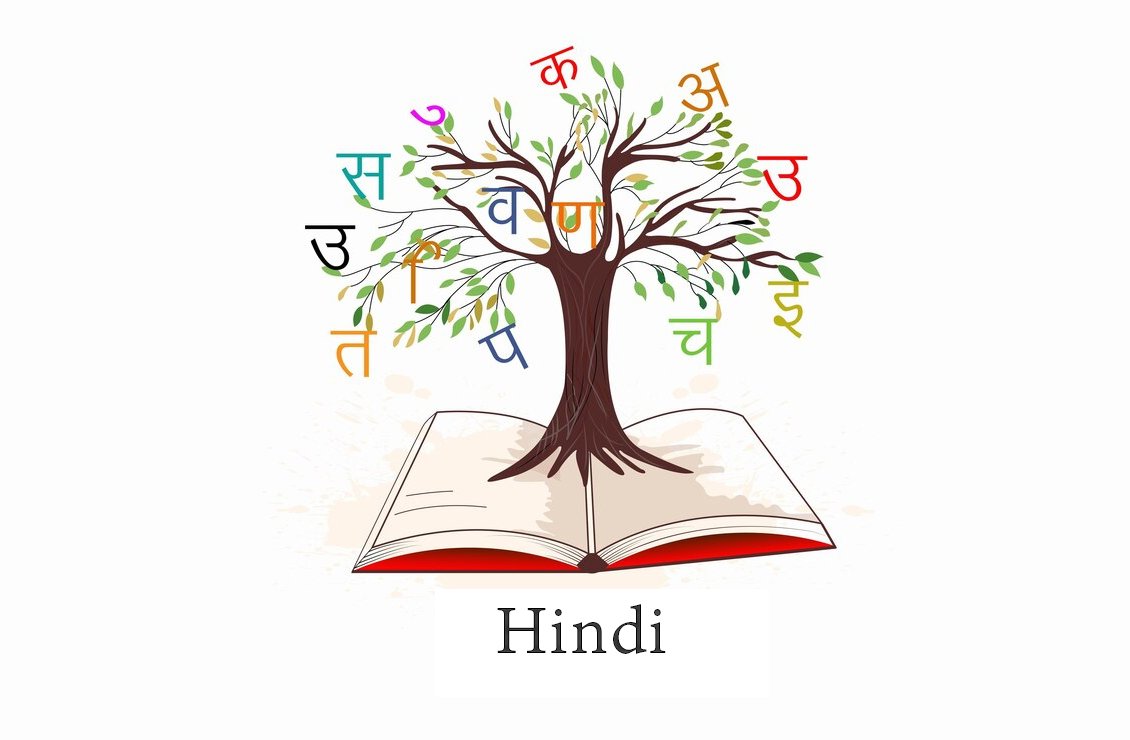
The evolution of the Hindi language is intricately tied to the Indian subcontinent’s complex tapestry of cultural, historical, and social developments. Hindi is an IndoAryan language that has evolved over thousands of years, reflecting the influences of various dynasties, invasions, and cultural exchanges that have occurred in the region. Here’s an overview of how Hindi has developed alongside the diverse history of India:
Origins and Early Development
Vedic Sanskrit (1500–500 BCE): The earliest form of Sanskrit, known as Vedic Sanskrit, is found in the Vedas, the oldest texts of Hinduism. Sanskrit, the liturgical language of Hinduism, Buddhism, and Jainism, and the scholarly lingua franca of ancient and medieval South Asia, laid the foundation for the languages of the Indo-Aryan family, including Hindi.
Classical Sanskrit (500 BCE – 1000 CE): Over time, Vedic Sanskrit evolved into Classical Sanskrit. The grammarian Panini’s work, “Ashtadhyayi,” written in the 4th century BCE, standardized the grammar of Sanskrit, marking the beginning of Classical Sanskrit. This period saw the composition of significant texts, including epics like the Mahabharata and the Ramayana, which influenced the cultures and languages of the Indian subcontinent.
Middle Indo-Aryan Languages
Prakrit Languages (600 BCE – 1000 CE): The Prakrits were vernacular Middle Indo-Aryan languages that evolved from Old Indo-Aryan languages. They were spoken languages that varied regionally and were used in literature and drama. Among the Prakrit languages, Pali became significant as the language of early Buddhist scriptures.
Early Forms of Hindi
Apabhramsha (700–1500 CE): In the late medieval period, Apabhramsha languages served as a transition between Prakrit languages and the modern Indo-Aryan languages. These languages are considered the last stage of the Middle Indo-Aryan languages and the precursor to the modern languages of North India, including Hindi.
Emergence of Hindi
Bhakti Movement (14th–17th centuries): The Bhakti movement, a devotional trend that promoted the idea of a personal god, played a crucial role in the development of Hindi. Saints like Kabir, Tulsidas, and Surdas composed their works in early forms of Hindi, making religious and philosophical ideas accessible to the common people. Their writings contributed significantly to the standardization and enrichment of Hindi.
Mughal Period (16th–19th centuries): During the Mughal Empire, Persian became the court language, influencing the languages spoken in the region, including Hindi. The interaction between Sanskrit, Persian, and local dialects led to the emergence of Hindustani, a precursor to both modern Hindi and Urdu.
Modern Hindi
British Colonial Period (19th–20th centuries): The British colonial administration’s efforts to standardize languages for administrative purposes further influenced the development of Hindi. In 1881, the Bihar Provincial Service adopted Hindi as its official language, marking a significant step in its formal recognition.
Post Independence (1947–present): After India’s independence in 1947, Hindi was adopted as the official language of the Union of India, along with English. The Constitution of India, adopted in 1950, designated Hindi in the Devanagari script as the official language.
Today, Hindi is one of the most spoken languages in the world, with millions of speakers in India and around the globe. Its evolution reflects the rich mosaic of India’s history, marked by diverse influences and the interplay of culture, religion, and politics. The language continues to adapt and grow, absorbing new words and ideas from within India and beyond, showcasing its dynamic nature.
4. Spanish
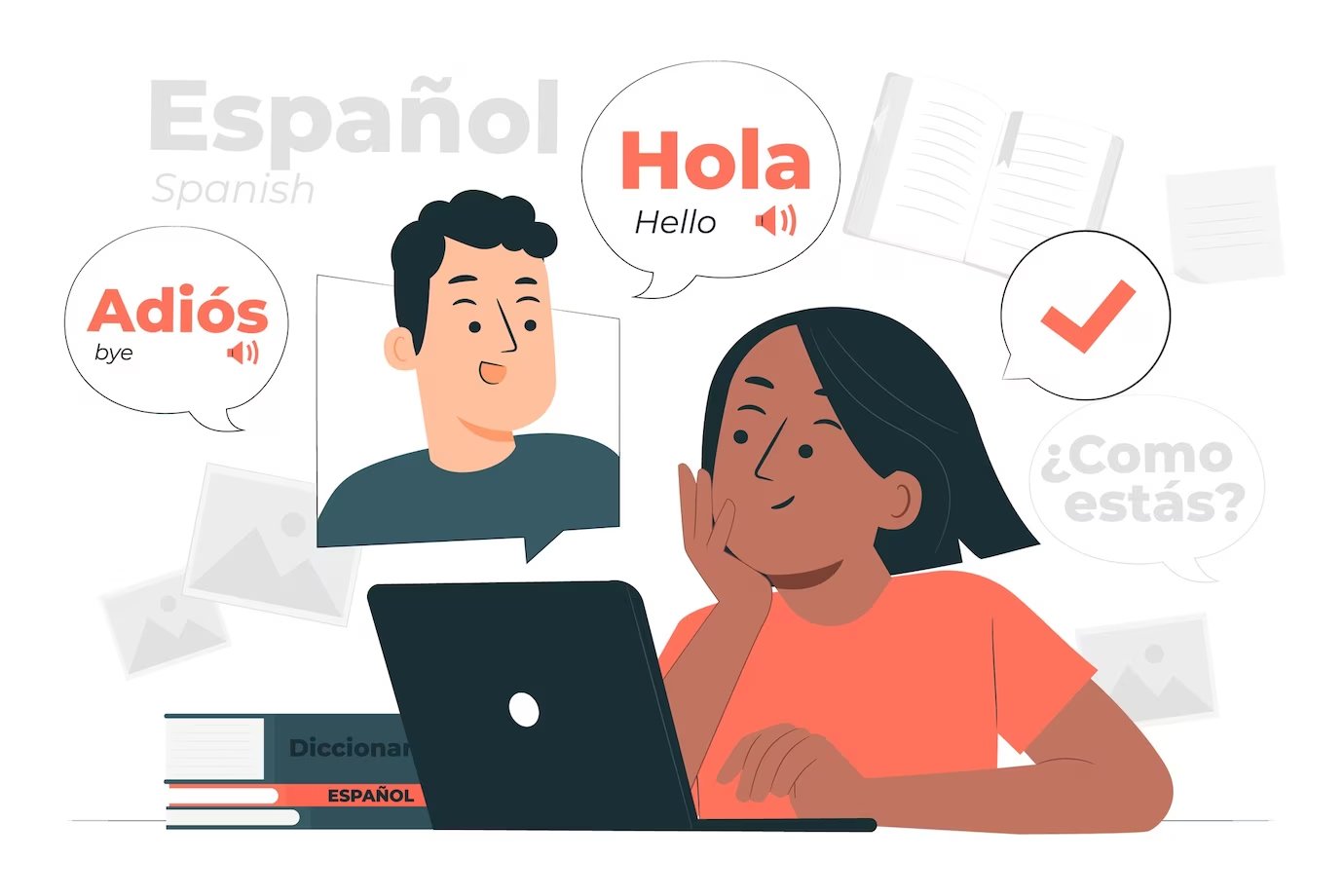
The Spanish language, known as Español or Castellano, has a rich history that spans over a thousand years, closely intertwined with the socio-political and cultural developments of Spain and the significant global influence of the Spanish Empire. Its evolution reflects periods of conquest, colonization, and cultural exchange, making it one of the world’s most spoken languages today. Here’s an overview of the key stages in the evolution of the Spanish language alongside human history:
Origins and Early Development
Latin Roots: Spanish is a Romance language, which means it evolved from Vulgar Latin, the colloquial form of Latin spoken by soldiers, settlers, and merchants of the Roman Empire. The fall of the Western Roman Empire in the 5th century led to the fragmentation of Latin into various regional dialects that eventually developed into the modern Romance languages.
Visigothic Influence: After the fall of the Roman Empire, the Iberian Peninsula was ruled by the Visigoths, a Germanic tribe. Their language influenced the development of early Spanish, though Latin remained the dominant influence.
The Formation of Castilian
Reconquista and the Kingdom of Castile: The Reconquista (8th to 15th centuries), the Christian reconquest of the Iberian Peninsula from Muslim rule, played a crucial role in the development of the Spanish language. The Kingdom of Castile emerged as a dominant force in the late middle Ages. The dialect of Castile, Castilian Spanish, became the basis for the standardized Spanish language, particularly after the conquest of Toledo in 1085, which became a cultural and linguistic centre.
Alfonso X “the Wise”: In the 13th century, Alfonso X of Castile promoted Castilian Spanish as a language of culture, administration, and scholarship, further establishing its primacy over other Iberian dialects and languages. He commissioned translations of works from Arabic and Latin into Castilian and used it to write laws and historical and scientific works.
Expansion and Standardization
The Spanish Empire: The 15th to 17th centuries marked the age of exploration and expansion for Spain. With the discovery of the Americas by Christopher Columbus in 1492 and subsequent colonization, Spanish was spread to the New World. The Spanish Empire’s vast territories in the Americas, as well as parts of Europe, Africa, and Asia, facilitated the global spread of the Spanish language.
Standardization Efforts: The first Spanish grammar was published in 1492 by Antonio de Nebrija, marking a significant step towards the standardization of the language. The establishment of the Spanish Royal Academy (Real Academia Española) in 1713 further standardized Spanish for all speakers, focusing on linguistic unity across the Spanish speaking world.
Modern Spanish
Contemporary Evolution: Today, Spanish is the second most spoken native language in the world, after Mandarin Chinese. It is the official language of 20 countries and is spoken by over 500 million people globally. The language continues to evolve, incorporating new words and expressions, influenced by technological advancements, global culture, and contact with other languages.
Regional Varieties: Spanish has developed diverse regional and national varieties, each with its own unique characteristics in terms of pronunciation, vocabulary, and grammar. These include European Spanish (Castilian), Latin American Spanish, and variations within Latin America and the Caribbean.
The evolution of the Spanish language is a testament to the complex history of conquest, colonization, and cultural exchange that has shaped the Spanish speaking world. Its spread across continents reflects the historical reach of the Spanish Empire, while its continuing evolution reflects the dynamic nature of language as it adapts to new realities and influences.
5. French
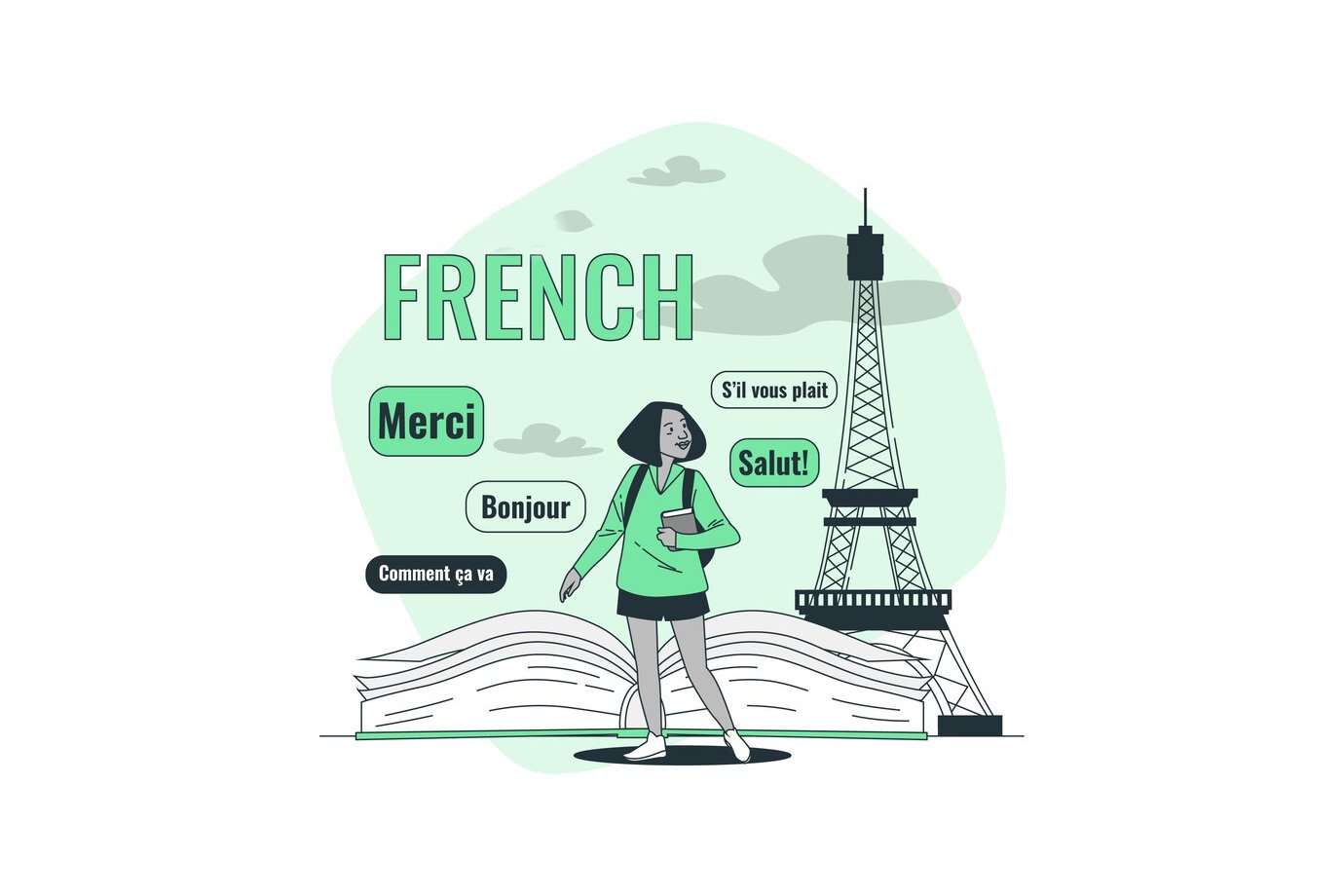
The French language’s evolution is deeply intertwined with France’s history, reflecting periods of conquest, cultural shifts, and linguistic reforms. As a Romance language, French developed from the Latin spoken by Roman soldiers and settlers in Gaul (modern-day France and parts of Belgium, Switzerland, and Italy) following the Roman Empire’s conquest of the region. Here’s an overview of the key stages in the evolution of the French language alongside human history:
Latin Roots and Gallic Influence
Roman Gaul (1st century BCE 5th century CE): The foundation of French begins with the Roman conquest of Gaul. Latin, introduced by the Romans, gradually became the dominant language, absorbing a number of Celtic (Gallic) words. Over time, the Latin spoken in Gaul began to diverge from Classical Latin due to its geographic isolation and the influence of local languages.
The Franks and Old French
Frankish Rule (5th–9th centuries): Following the fall of the Western Roman Empire, the Franks, a Germanic tribe, established control over Gaul. While Latin remained the language of the church and learning, the Frankish language influenced the development of Gallo Romance, the precursor to Old French, especially in terms of vocabulary and pronunciation.
Old French (9th–14th centuries): The earliest documents in Old French date from the 9th century. During this period, the language was primarily used in literature, legal documents, and religious writings. It was characterized by significant dialectal variation, with the langue d’oïl (in the north) and langue d’oc (in the south) being the most distinct.
Middle French and Standardization
Middle French (14th–17th centuries): The Middle French period was marked by the standardization of the language, particularly during the Renaissance. The invention of the printing press in the 15th century played a crucial role in disseminating the standardized language. The Ordinance of Villers Cotterêts (1539) by King Francis I made French the official language of administration and justice, replacing Latin and marking a significant step in establishing French as the national language.
Classical French
Classical French (17th–18th centuries): The 17th century, often regarded as the golden age of French literature, saw the language further refined and standardized. The French Academy (Académie Française) was founded in 1635 to protect and regulate the French language, establishing rules for grammar, vocabulary, and orthography that largely remain in place today
Modern French
19th century to present: The French Revolution (1789–1799) and subsequent educational reforms significantly influenced the spread and standardization of French throughout France, reducing regional dialects and languages. In the 20th and 21st centuries, French has continued to evolve, incorporating new words and expressions to reflect technological advancements and cultural shifts.
Global Expansion
Colonialism: From the 16th century onward, French explorers, traders, and colonists spread the language to new regions, including parts of Africa, the Americas, Asia, and the Pacific. The colonial period left a legacy of French speaking communities around the world.
Contemporary French
Today, French is an official language in 29 countries and is spoken by over 275 million people on five continents. It is one of the six official languages of the United Nations and a significant language in international diplomacy, business, and culture. The Organisation internationale de la Francophonie works to promote French language and cultural exchange globally.
The evolution of the French language is a testament to the dynamic interplay between language and society, reflecting the impacts of political changes, cultural exchanges, and technological advancements throughout history.
6. Standard Arabic
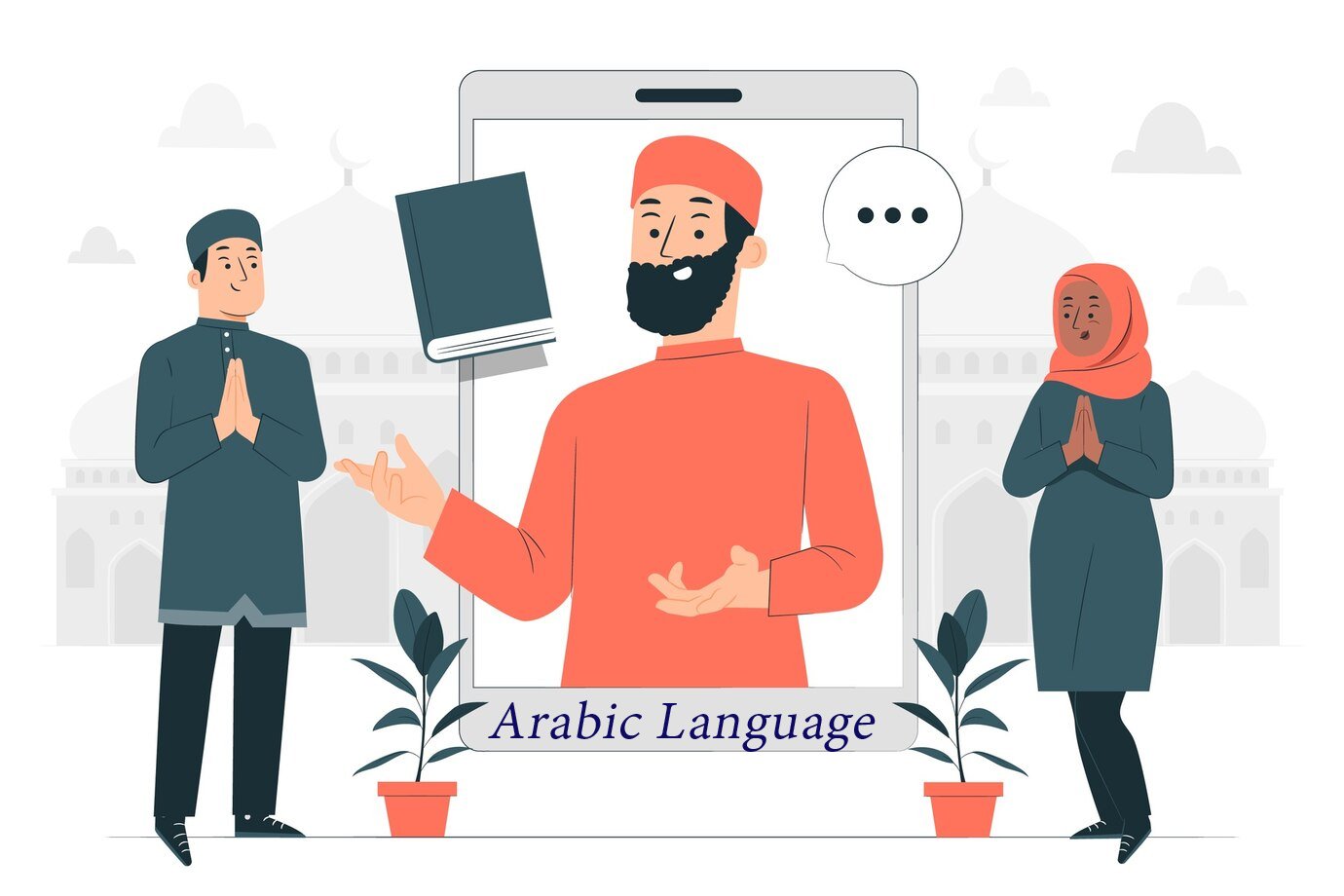
The evolution of Standard Arabic is deeply intertwined with the cultural, religious, and political history of the Arab world. Arabic is a Semitic language that has developed over centuries, with its roots tracing back to the nomadic tribes of the Arabian Peninsula. The language has played a crucial role in Islamic culture and civilization, serving as the medium of the Quran, the holy book of Islam. Here is an overview of the key stages in the evolution of Standard Arabic alongside human history:
PreIslamic Period
ProtoSemitic Roots: Arabic, like Hebrew, Aramaic, and other Semitic languages, evolved from ProtoSemitic, which is believed to have been spoken in the Near East around 4,500 years ago. Over time, the speakers of ProtoSemitic languages migrated and settled in different regions, leading to the development of distinct Semitic languages.
Old Arabic: Inscriptions dating back to the 1st millennium BCE in the Arabian Peninsula provide evidence of Old Arabic, a collection of dialects spoken by the ancient Arab tribes. These dialects were the precursors to Classical Arabic.
Islamic Expansion and Classical Arabic
Quranic Revelation (7th century CE): The revelation of the Quran to Prophet Muhammad in the 7th century CE in the Hijazi dialect of Mecca is a pivotal moment in the history of Arabic. The Quran’s language, known as Classical Arabic, became the ideal standard for literary and spoken Arabic across the Islamic world.
Islamic Conquests: Following the death of Prophet Muhammad, the Islamic caliphates rapidly expanded, spreading Islam and the Arabic language across a vast area that included the Middle East, North Africa, and parts of Asia and Europe. Arabic became the lingua franca of the Islamic Empire, facilitating the spread of religion, culture, and knowledge.
Middle Arabic
Post Classical Period: As the Islamic Empire grew, Arabic interacted with many other languages, including Persian, Turkish, Berber, and languages of the Iberian Peninsula. This period saw the development of Middle Arabic, which featured variations from Classical Arabic due to regional influences and the incorporation of loanwords.
Modern Standard Arabic
Nahda (Renaissance): The Nahda, a cultural renaissance in the Arab world during the 19th and early 20th centuries, played a significant role in the revival and modernization of Arabic. Intellectuals and reformers sought to rejuvenate Arabic literature, science, and education, reinforcing the importance of a standardized form of Arabic.
Modern Standard Arabic (MSA): Today, Modern Standard Arabic serves as the formal Arabic used in writing, formal speech, and media across the Arab world. It is based on Classical Arabic but includes modern terminology and style. MSA is taught in schools and used in written communication, formal speeches, and news broadcasts, serving as a bridge among Arabic speakers of different dialects.
Contemporary Arabic
Dialects and Diglossia: The Arab world is characterized by a situation of diglossia, where local dialects coexist with the standard language. These dialects vary widely across regions and can be significantly different from both Classical Arabic and MSA, reflecting the rich linguistic diversity of the Arab world.
Global Influence: Arabic is the fifth most spoken language worldwide, with over 300 million native speakers. The spread of Islam continues to influence the global use of Arabic, while economic, political, and cultural exchanges contribute to the language’s evolving nature.
The evolution of Standard Arabic is a reflection of the dynamic history of the Arab world, mirroring the spread of Islam, the impact of empire and conquest, and the ongoing cultural and intellectual developments within Arab societies.
7. Bengali
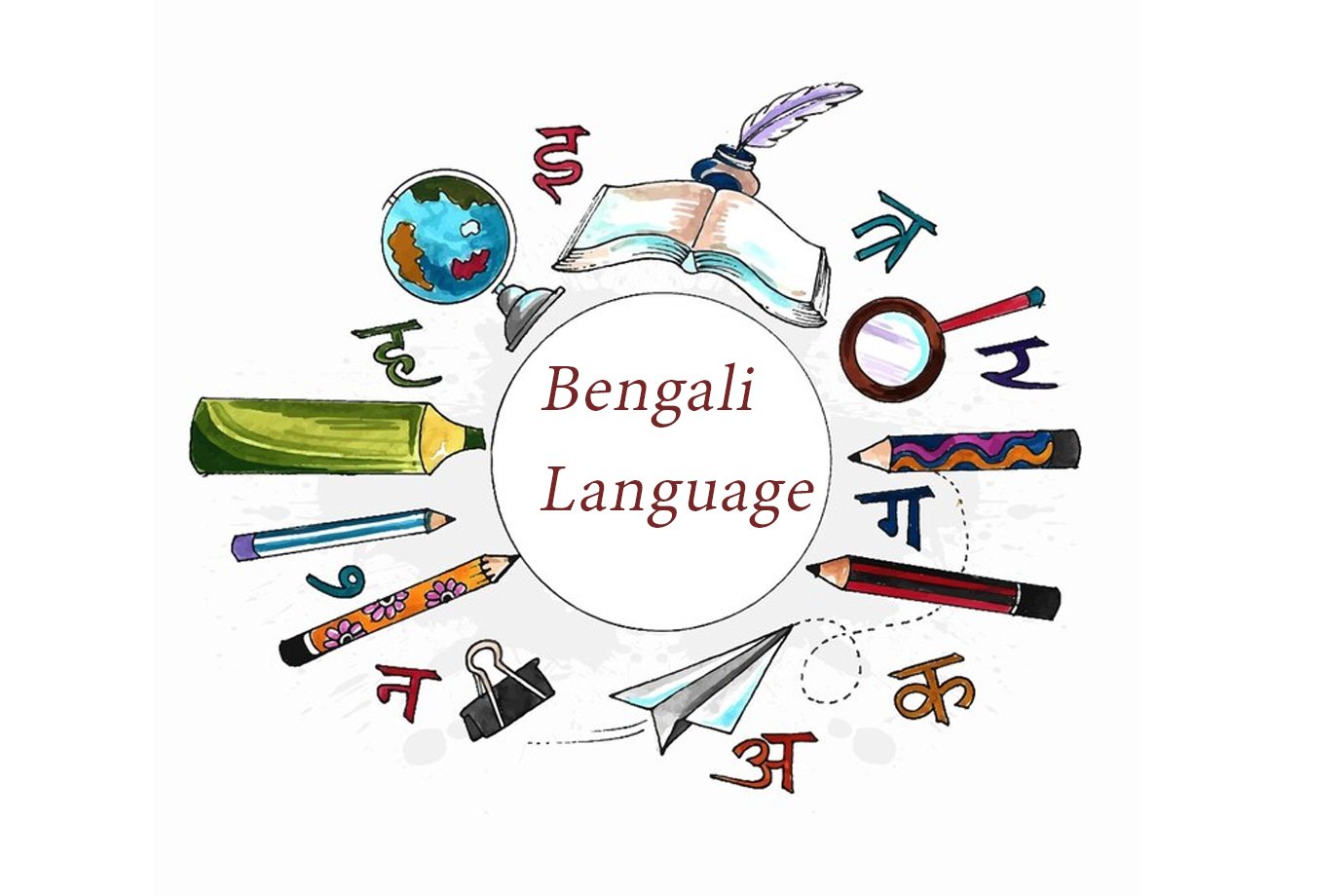
The Bengali language, also known as Bangla, is an Indo-Aryan language predominantly spoken in the region of Bengal, which is divided between Bangladesh and the Indian state of West Bengal, with significant speaker communities in Tripura, Assam, and the Bengali diaspora worldwide. Its evolution is closely intertwined with the region’s rich history, culture, and social changes. Here’s an overview of the key stages in the evolution of Bengali alongside human history:
Origins
ProtoIndo European Roots: Bengali, like many other languages in South Asia, traces its origins back to the ProtoIndoEuropean language. Over millennia, migrations and cultural transformations led to the development of the ProtoIndo Iranian and subsequently the ProtoIndo Aryan language, from which Bengali and its related languages descended.
Prakrit and Magadhi Apabhramsha: Bengali evolved from Magadhi Prakrit, a language that was spoken in the ancient kingdom of Magadha (covering parts of modernday Bihar, Jharkhand, and Bengal in India). Over time, Magadhi Prakrit gave rise to Magadhi Apabhramsha, from which the ancient form of Bengali began to emerge around the 6th to 10th centuries CE.
Early Bengali (10th–15th Century)
Charyapada: The earliest known examples of Bengali literature are the Buddhist mystic songs known as Charyapada, dating back to the 10th and 11th centuries. These songs reflect the early form of Bengali, along with elements of Assamese and Oriya, indicating the early linguistic differentiation in the region.
Middle Bengali (15th–18th Century)
Vaishnavism and the Bhakti Movement: The 15th and 16th centuries saw the rise of the Bhakti movement in Bengal, spearheaded by figures like Sri Chaitanya Mahaprabhu. This period marked significant development in the Bengali language and literature, with religious texts, poetry, and songs being composed in Middle Bengali. The works of poets like Vidyapati had a profound influence on the language’s development.
Sultanate Period and Influence of Persian: The Bengal Sultanate (14th–16th century) and subsequent Mughal rule brought Persian influences into Bengali, particularly in the domains of administration and literature.
Modern Bengali (18th Century–Present)
Colonial Period: The British colonial period saw the establishment of Fort William College in Calcutta (Kolkata), which played a crucial role in the development of modern Bengali literature and language. The efforts to compile grammars and dictionaries of Bengali by European and local scholars were pivotal in standardizing the language.
Renaissance and Nationalism: The Bengal Renaissance of the 19th and early 20th centuries, a period of intellectual, cultural, and social reform, greatly enriched Bengali literature and language. Figures like Rabindranath Tagore, Bankim Chandra Chattopadhyay, and Kazi Nazrul Islam contributed to the development of modern Bengali literature, while also using the language as a medium for expressing nationalist sentiments against British rule.
Partition and Language Movement: The partition of Bengal in 1947 and the subsequent creation of East Pakistan (now Bangladesh) in 1947, followed by the Bangladesh Liberation War in 1971, highlighted the centrality of the Bengali language in regional identity and politics. The Language Movement of 1952, where protesters demanded official status for Bengali in East Pakistan, underscored the language’s significance in national consciousness and led to its recognition as a state language of Bangladesh.
Today, Bengali is the seventh most spoken language in the world by total number of speakers, serving as a rich medium for literature, music, and cultural expression. The language continues to evolve, reflecting the dynamic and diverse experiences of Bengalispeaking communities around the world.
8. Portuguese

The Portuguese language, originating on the Iberian Peninsula as a descendant of Latin, has evolved significantly over centuries, mirroring the socio-political changes and expansive history of Portugal and its global empire. Here’s an overview of the key stages in the evolution of Portuguese alongside human history:
Origins and Early Development
Latin Roots: Portuguese, like Spanish, French, Italian, and other Romance languages, evolved from the Vulgar Latin spoken by Roman soldiers and settlers following the Roman conquest of the Iberian Peninsula starting in 219 BC. Over time, the Latin spoken in the region diverged from that of other parts of the Roman Empire, influenced by the preRoman languages of the Peninsula, such as Celtiberian and Lusitanian.
Germanic Influences: The fall of the Roman Empire and the subsequent invasion of the Iberian Peninsula by Germanic tribes, including the Suebi and the Visigoths, in the 5th century AD introduced new linguistic elements that would influence the development of Proto Portuguese.
Galician Portuguese Period
Formation of GalicianPortuguese: By the 9th century, a distinct Romance language known as GalicianPortuguese had developed in the Kingdom of Galicia, in what is now north-western Spain and northern Portugal. This language was the result of the gradual divergence from Latin influenced by local languages and the political and cultural realities of the region.
Literary Flourishing: In the 12th to 14th centuries, GalicianPortuguese became a prominent literary language, especially in the genre of troubadour poetry, which was widely disseminated across the Iberian Peninsula and southern France. The language served as a lingua franca among the nobility of the region.
Emergence of Portuguese
Political Separation: The Treaty of Zamora in 1143 established the independence of the County of Portugal from the Kingdom of León, leading to the political and cultural separation that would foster the development of Portuguese as distinct from Galician.
Standardization and Expansion: With the consolidation of Portugal as a kingdom and the expansion of its territories in the Reconquista, Portuguese began to diverge further from Galician. The establishment of the Portuguese court and the administrative use of Portuguese helped standardize the language.
Age of Discovery and Expansion
Global Spread: The Age of Discovery, starting in the 15th century, marked the beginning of the global spread of the Portuguese language. As Portuguese explorers, settlers, and missionaries travelled to Africa, Asia, and the Americas, they brought their language with them, establishing Portuguese speaking communities around the world.
Linguistic Borrowing and Creoles: Contact with indigenous and other colonial languages led to the incorporation of loanwords into Portuguese and the development of Portuguese based creole languages in various parts of the world.
Modern Era
Brazilian Portuguese: The discovery and colonization of Brazil in the 16th century would eventually lead to the development of Brazilian Portuguese, which, while mutually intelligible with European Portuguese, has its own distinct pronunciation, vocabulary, and some grammatical differences due to indigenous and African influences, as well as the influence of immigrants from Italy, Germany, and other countries.
Standardization and Modernization: In the 20th and 21st centuries, efforts have been made to standardize Portuguese orthography between Brazil and Portugal, with the Orthographic Agreement of 1990 being a significant step, although not without controversy and challenges in implementation.
Today, Portuguese is the sixth most spoken language in the world by total number of speakers, and it serves as the official language of nine countries across four continents, reflecting its expansive history and the widereaching influence of Portuguese exploration, colonization, and cultural exchange.
9. Russian
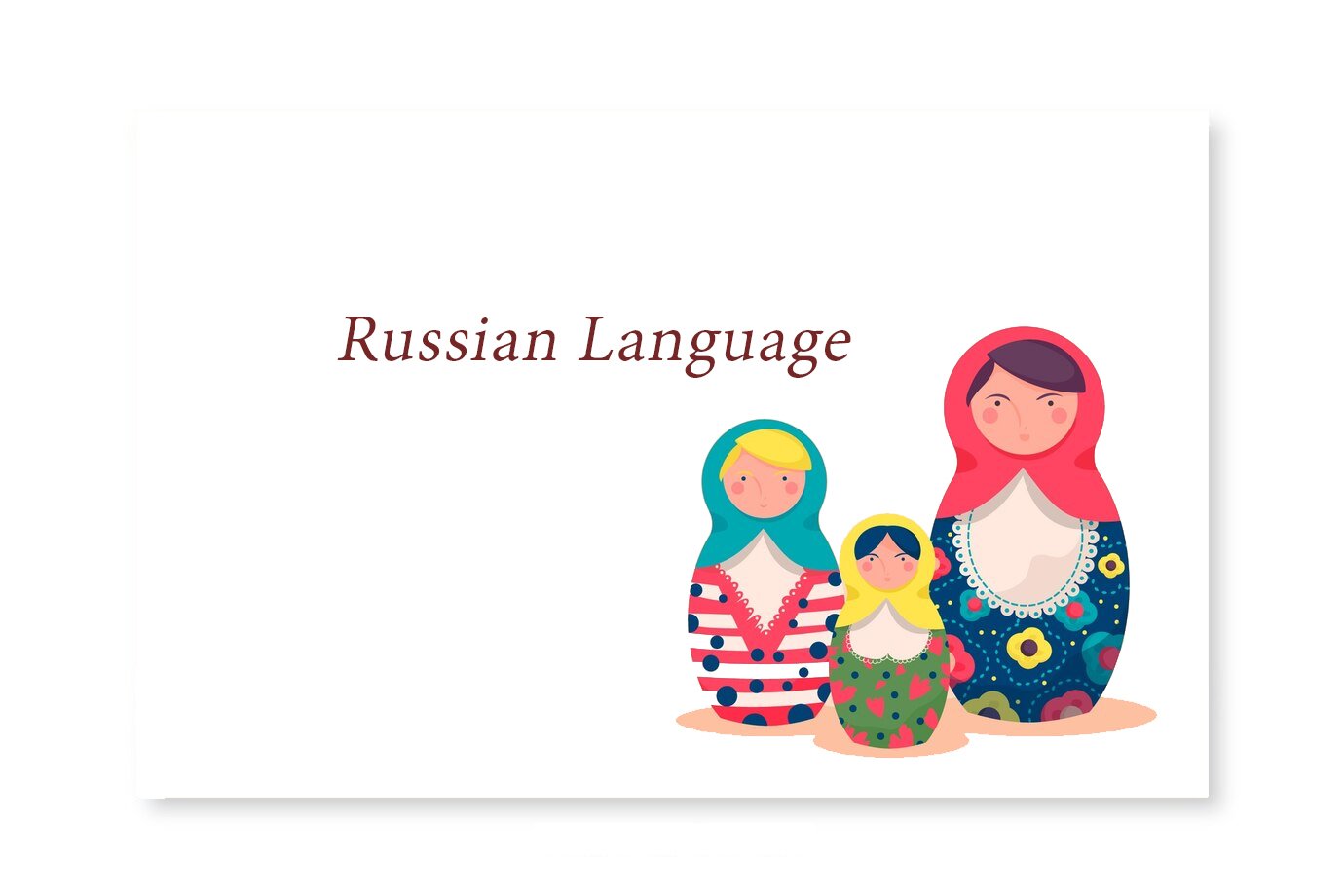
The Russian language, one of the East Slavic languages, has a rich history that reflects the broader socio-political and cultural evolution of Russia and the Slavic peoples. Its development spans from the early medieval period to the present day, mirroring the transformation of Russian society and its role on the global stage. Here’s an overview of the key stages in the evolution of the Russian language alongside human history:
Old East Slavic and the Kievan Rus’ (9th–13th Century)
Origins: Russian, along with Ukrainian and Belarusian, evolved from the Old East Slavic language spoken in Kievan Rus’, a federation of Slavic tribes under the leadership of the Varangians (Vikings). The adoption of Christianity from the Byzantine Empire in 988 under Prince Vladimir the Great introduced the Cyrillic script, devised by the missionaries Saints Cyril and Methodius, facilitating the first written records in Old East Slavic.
Primary Chronicle: The earliest significant literary and historical works, such as the “Primary Chronicle” (Povest’ vremennykh let), were composed during this period, documenting the history and culture of the Eastern Slavs.
Middle Russian (14th–17th Century)
Mongol Invasion and the Rise of Moscow: The Mongol invasion in the 13th century led to the fragmentation of Kievan Rus’ and the eventual rise of the Grand Duchy of Moscow. The Russian language began to diverge significantly from Ukrainian and Belarusian during this period, influenced by the political and cultural dominance of Moscow.
Church Slavonic Influence: The Russian language of this period was heavily influenced by Church Slavonic, the liturgical language of the Russian Orthodox Church, which had evolved from Old Church Slavonic. This influence was reflected in vocabulary, syntax, and orthography.
Modern Russian (18th Century–Present)
Peter the Great’s Reforms: The 18th century, particularly during the reign of Peter the Great, marked a significant turning point in the development of the Russian language. Peter’s efforts to modernize Russia included reforming the Russian alphabet and encouraging the adoption of Western European vocabulary and styles in science, technology, and administration.
Golden Age of Russian Literature: The 19th century is often referred to as the “Golden Age” of Russian literature, with the works of Alexander Pushkin, Leo Tolstoy, Fyodor Dostoevsky, and Anton Chekhov contributing to the development of modern Russian literary language. These authors and their contemporaries played a crucial role in refining and enriching the Russian language.
Soviet Period: The 20th century, especially the Soviet era, saw significant changes in the Russian language. The government implemented language planning and policy efforts to standardize Russian and promote it as the lingua franca of the Soviet Union, affecting the linguistic landscape of Eurasia.
Contemporary Russian: Today, Russian is the largest native language in Europe and a major global language, with significant numbers of speakers in Russia, former Soviet republics, and diaspora communities worldwide. The collapse of the Soviet Union in 1991 and the subsequent political and social transformations have influenced the contemporary Russian language, including the incorporation of loanwords from English and other languages.
The evolution of the Russian language is a testament to the complex history of the Russian people and their interactions with neighboring cultures and global powers. It has been shaped by the nation’s political changes, cultural achievements, and technological advancements, making it a pivotal element of Russian identity and a significant language in global affairs.
10. Urdu
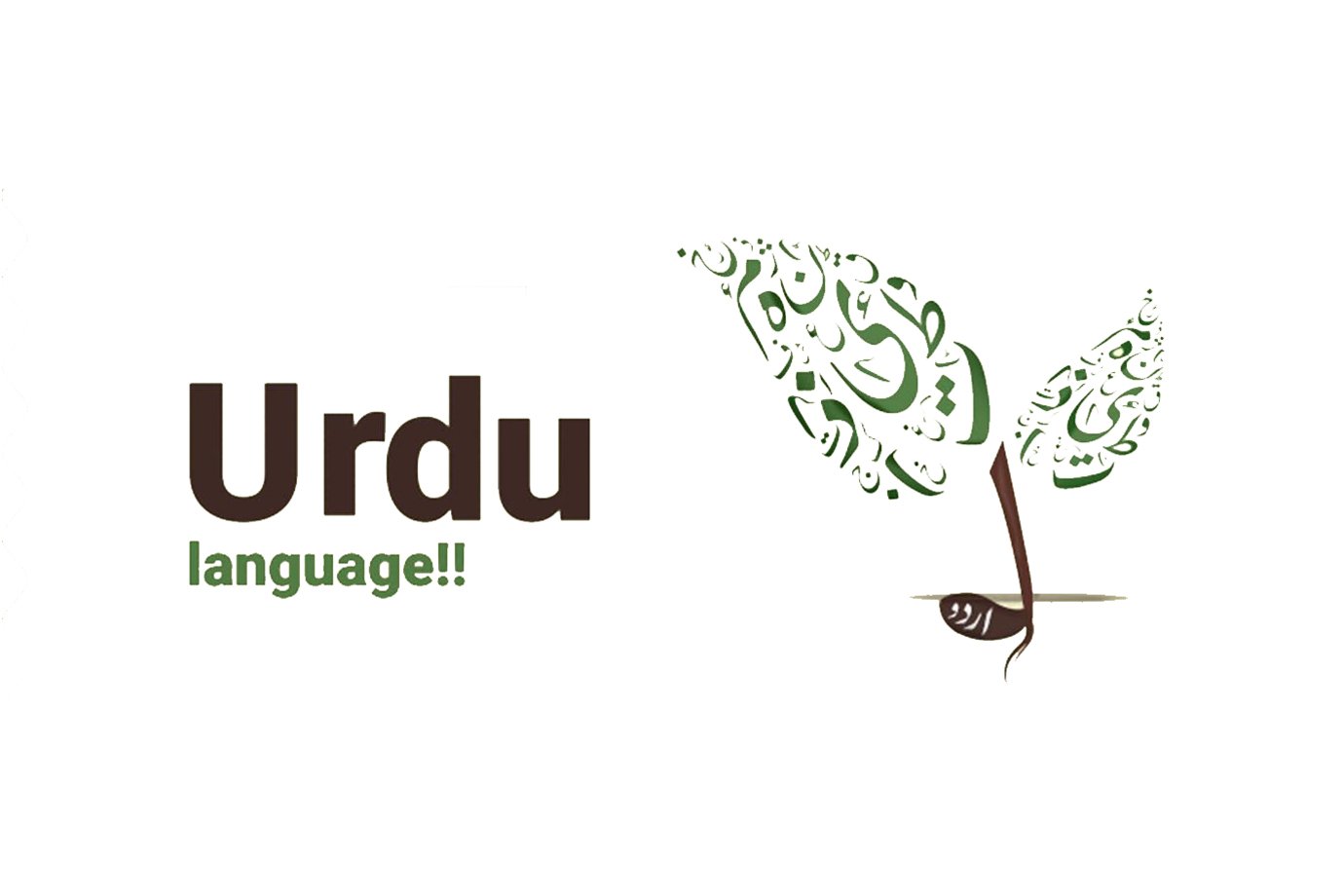
The Urdu language, with its rich poetic tradition and complex history, is an Indo-Aryan language that primarily developed in the Indian subcontinent. Urdu is known for its Indo Persian cultural heritage, deeply intertwined with the history of South Asia, especially during the Delhi Sultanate and Mughal Empire periods. The evolution of Urdu reflects a confluence of cultural, religious, and social influences over several centuries. Here’s an overview of key stages in the evolution of Urdu alongside human history:
Origins and Early Development
ProtoIndo European and Indo Aryan Roots: Urdu, like other languages of the Indian subcontinent, traces its origins back to the ProtoIndoEuropean language family. It evolved from the Prakrits, particularly Shauraseni Prakrit, which was spoken in northern India.
Influence of Persian and Arabic: The establishment of Muslim rule in parts of the Indian subcontinent, starting with the Delhi Sultanate in the 12th century and later the Mughal Empire, introduced Persian and Arabic vocabulary into the local vernaculars. This linguistic synthesis, influenced by the Persianate culture of the new rulers, laid the foundation for what would become Urdu.
Consolidation and Standardization
Deccan Urdu: The early development of Urdu as a distinct language is often traced to the Deccan region in South India during the Bahmani Sultanate and the subsequent Deccan Sultanates in the 14th to 17th centuries. The interaction between native speakers of local Dravidian and Indo-Aryan languages and Persian speaking immigrants facilitated the birth of a new lingua franca.
Mughal Period: Under the Mughal Empire (16th to 18th centuries), Urdu continued to evolve, absorbing words from Persian, Arabic, Turkish, and local languages. It became a language of poetry, culture, and administration. The Mughal courts, particularly in cities like Delhi and Lucknow, became centers for Urdu literature and poetry, giving rise to a rich literary culture.
British Colonial Period and Partition
British Raj: During the British colonial period, Urdu became an important language of the northwestern provinces of British India, used in education, literature, and as a lingua franca among the diverse linguistic communities of the region. The British administration’s decision to use Urdu and English for administration in some regions led to linguistic tensions, notably with the Hindispeaking population.
Partition of India (1947): The partition of British India into the independent dominions of India and Pakistan in 1947 had a profound impact on Urdu. In Pakistan, Urdu was chosen as the national language to symbolize unity among the country’s ethnolinguistic groups, despite it not being the majority native language in any of the provinces. In India, Urdu continued to be spoken by the Muslim population and remained one of the country’s officially recognized languages.
Contemporary Period
Modern Urdu: Today, Urdu is the national language of Pakistan and one of the 22 scheduled languages of India. It is also spoken by diaspora communities worldwide. The language continues to be associated with South Asian Muslim identity and cultural heritage, with a thriving literary tradition, particularly in poetry.
Influence of Technology and Globalization: Like many languages, Urdu has been impacted by technology, globalization, and new media. This has led to the incorporation of loanwords, especially from English, and the development of a “Roman Urdu” script used in digital communication.
The evolution of Urdu is a testament to the rich tapestry of South Asian history, reflecting centuries of cultural exchange, imperial conquests, and the intermingling of diverse linguistic communities. Its literary and cultural contributions continue to be celebrated globally.
11. Indonesian
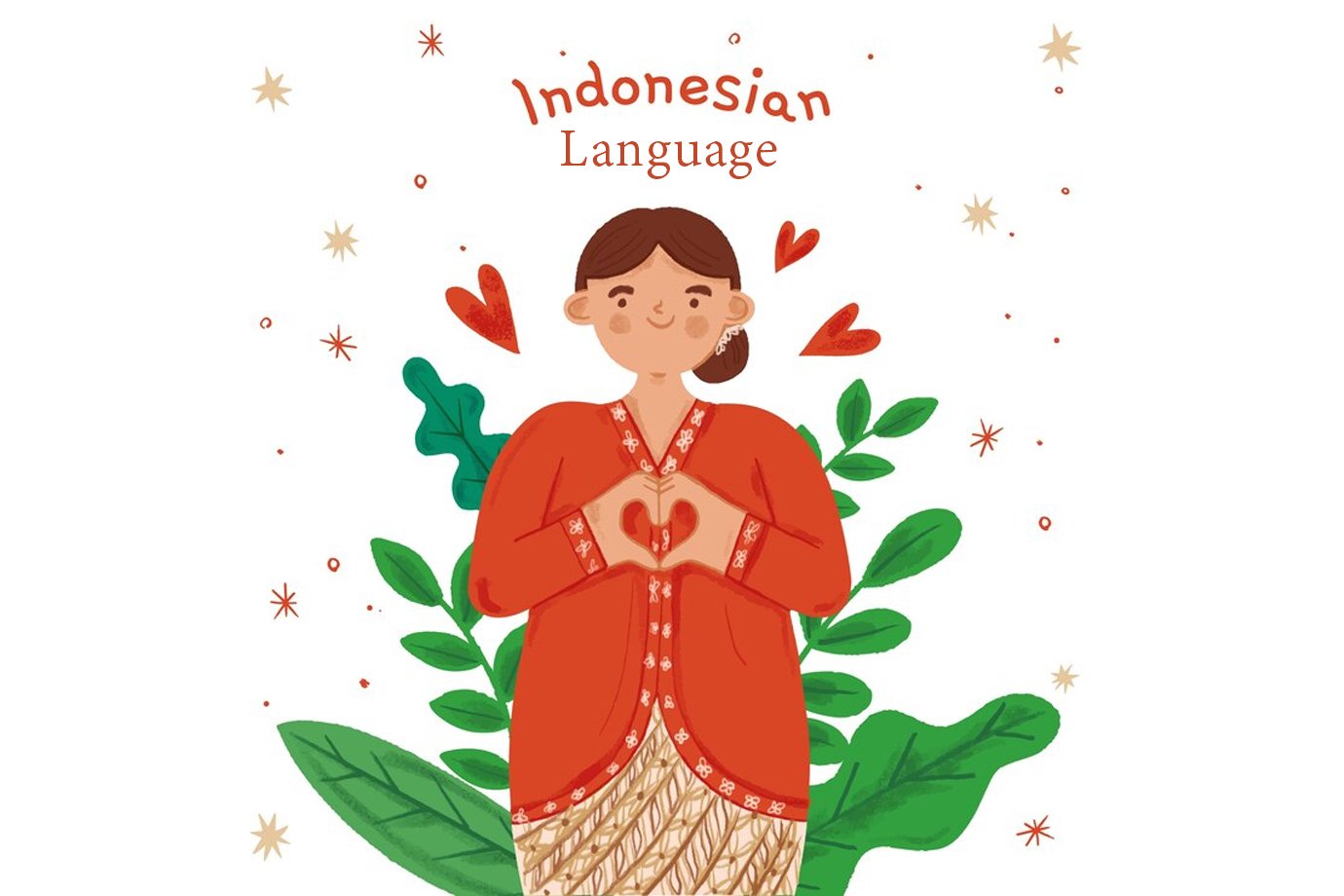
The Indonesian language, known as Bahasa Indonesia, is the official language of Indonesia. It is a standardized form of Malay and has played a crucial role in the country’s history, serving as a lingua franca among the archipelago’s diverse ethnic groups. The evolution of Indonesian is deeply intertwined with the archipelago’s history, from precolonial times through to its role in the modern nationstate of Indonesia. Here’s an overview of key stages in the evolution of Indonesian alongside human history:
PreColonial Era
Early Influences: The Indonesian archipelago has been a melting pot of cultures and languages for thousands of years. Austronesian ancestors, believed to be among the world’s greatest mariners, spread across the region, bringing with them the early forms of Malay, which would evolve into the Indonesian language. Over centuries, this language absorbed words from Sanskrit due to Hindu and Buddhist influences, as well as from Arabic through the spread of Islam.
Colonial Era
European Influence: The arrival of European powers, starting with the Portuguese in the early 16th century, followed by the Dutch, brought new linguistic influences to the Malay language. Dutch colonization in particular had a significant impact, as the Dutch East India Company (VOC) used Malay as a linga franca for trade and administration. The Dutch also introduced new vocabulary and concepts, further enriching the language.
20th Century and National Awakening
Youth Pledge of 1928: The pivotal moment in the history of the Indonesian language was the Youth Pledge (Sumpah Pemuda) of 1928, where young nationalists from across the archipelago declared their commitment to one motherland, one nation, and one language, Bahasa Indonesia. This event marked the beginning of the language’s formal adoption as the national language of the future Indonesian state, symbolizing unity and independence from Dutch colonial rule.
Post Independence
Official Status and Standardization: Following Indonesia’s declaration of independence in 1945, Bahasa Indonesia was officially adopted as the national language. Efforts were made to standardize the language, with the establishment of the Indonesian Language and Bookkeeping Agency (Balai Pustaka) playing a key role in this process. The language served not only as a medium of communication but also as a symbol of national identity and unity among Indonesia’s diverse ethnic groups.
Contemporary Period
Global Influences: In the modern era, Indonesian continues to evolve, absorbing loanwords from English and other languages due to globalization, technological advancement, and social media. The government and linguistic authorities periodically update the official Indonesian dictionary (Kamus Besar Bahasa Indonesia) to reflect these changes.
Role in ASEAN: Indonesian, as a modern incarnation of Malay, also plays a significant role in the Association of Southeast Asian Nations (ASEAN), where it is one of the official languages. This underscores its importance not only within Indonesia but in regional diplomacy and communication.
Challenges and Preservation
Balancing Modernization and Preservation: As the Indonesian language continues to modernize, there are ongoing efforts to balance the incorporation of foreign loanwords with the preservation of indigenous words and expressions. Language planners and policymakers aim to maintain the rich cultural heritage embedded in the language while ensuring its relevance in the digital age.
The evolution of the Indonesian language from a regional lingua franca to the unifying national language of the world’s fourth most populous country is a testament to its adaptability and enduring significance. It exemplifies how language can serve as a powerful tool for national identity, unity, and cultural preservation.
12. German
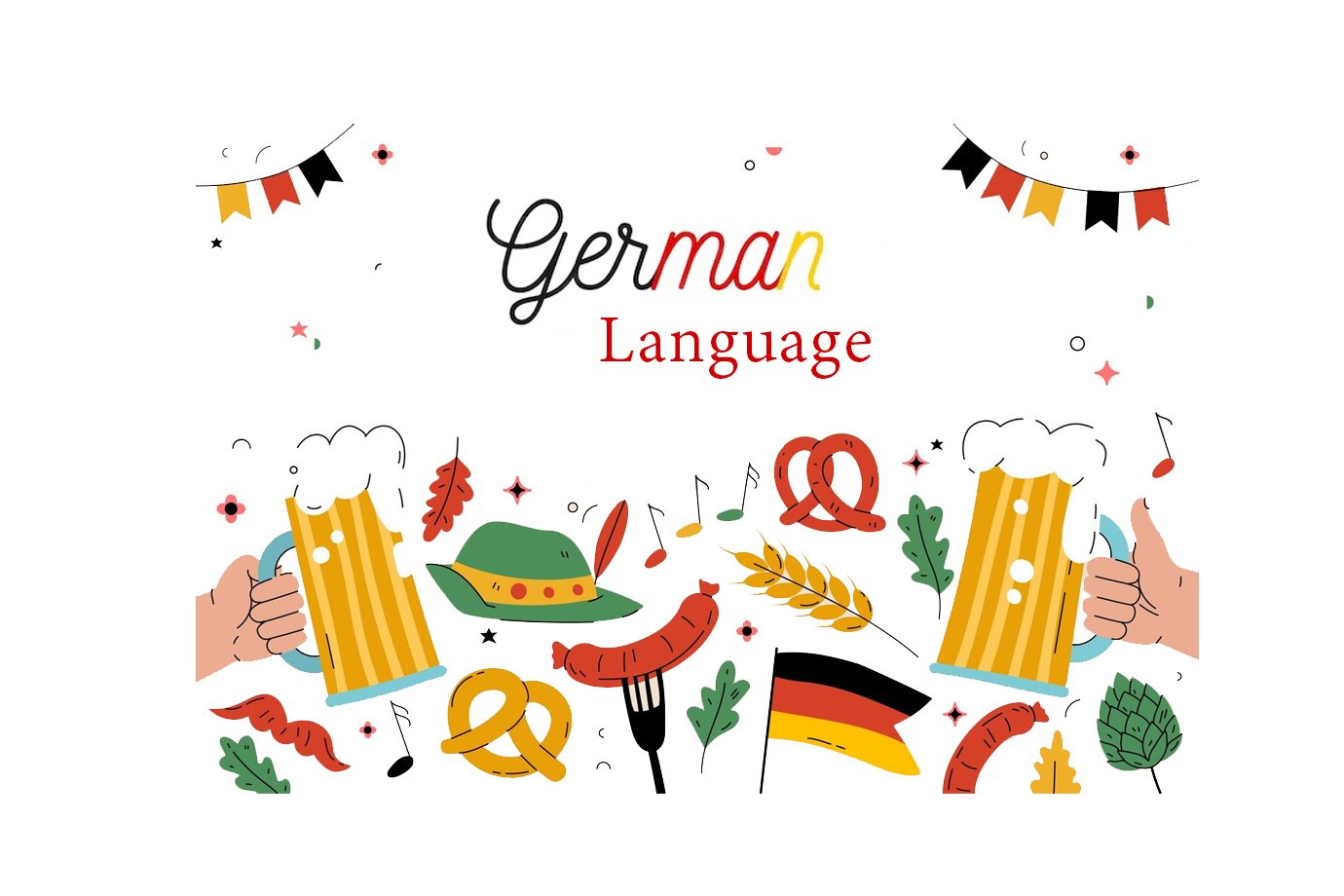
The German language, with its rich history and complex evolution, is a West Germanic language that is closely related to and classified alongside English and Dutch. With its roots in the early Germanic tribes of Northern Europe, the development of the German language is a testament to the dynamic interplay of migration, cultural exchange, and political transformation over centuries. Here’s an overview of the key stages in the evolution of the German language alongside human history:
Early Germanic Period
Origins: The German language originated from the Germanic branch of the IndoEuropean language family, spoken by Germanic tribes in what is now Denmark, northern Germany, and the Netherlands around the first few centuries BCE.
Old High German (OHG) Period (c. 500–1050 AD)
Migration and Diversification: The migration and settlement of Germanic tribes throughout the Roman Empire and into central Europe led to the diversification of Germanic languages. Old High German developed in southern and central Germany and is characterized by significant linguistic changes, including the Second Germanic Sound Shift, which distinguished High German languages from other West Germanic languages.
Middle High German (MHG) Period (c. 1050–1350 AD)
Consolidation and Literature: This period saw the further development of the German language and its literature. The most famous work of this period is the epic poem “Nibelungenlied.” Middle High German was spoken in a region that is roughly the southern two thirds of modern Germany and parts of Austria and Switzerland.
Early New High German (ENHG) Period (c. 1350–1650 AD)
Standardization Begins: The ENHG period marked the beginning of a move towards standardization, influenced by the invention of the printing press in 1440 by Johannes Gutenberg, the Lutheran Reformation in 1517, and the translation of the Bible into a more standardized form of German by Martin Luther. These events helped to spread a more standardized German to wider populations.
New High German (NHG) Period (c. 1650–Present)
Standardization and Dialects: The New High German period saw the emergence of a standardized written language, though numerous dialects continued to be spoken throughout the German speaking regions. The 18th and 19th centuries, marked by the German Romanticism movement and the eventual unification of Germany in 1871, further solidified the role of Standard German.
20th Century to Present
Recent Developments: The 20th century was marked by significant events that impacted the German language, including two World Wars, the division of Germany into East and West, and the subsequent reunification in 1990. These events influenced the German language, introducing new vocabulary and idiomatic expressions. Today, German is the most widely spoken native language within the European Union and is recognized for its importance in academic, cultural, and economic spheres.
Global Influence
Diaspora and Language Influence: German speaking communities can be found worldwide, particularly in the Americas (e.g., the United States, Brazil, Argentina) and in other parts of Europe. The German language has also contributed significantly to the vocabulary of various fields such as philosophy, music, psychology, and science.
The evolution of the German language from the early Germanic dialects to the standardized High German used today reflects the complex tapestry of European history. It has been shaped by the migration of peoples, the spread of literacy, religious reforms, political unification, and the challenges of modernity, making it a fascinating subject of study for linguists and historians alike.
